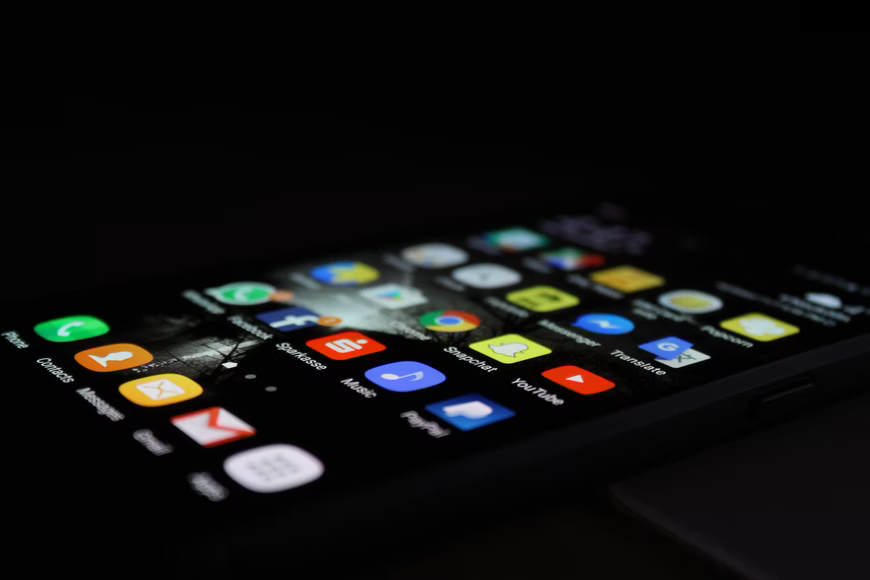Cellphones: Beneficial or Harmful?
In recent years, smart phones and technology in general has grown to be an essential part of society. With this comes the question of whether it’s helping us or harming us, especially under a school or work setting.
Throughout the last decade, smartphones have spiked in popularity. This has resulted in the long debate of whether they can be useful in classrooms and schools or just a distraction. Many people argue that phones will distract students, causing them to fall behind in work and not pay attention in class. Even if that were the case a few years ago, both phones and schools have adapted to make cell phones a bigger part of the system.
Educational apps designed for helping with organization and keeping track of assignments have started to appear. With time, many different organizational apps and websites have been developed to make both students’ and teachers’ lives easier. A writer for Oxford Learning states that “Cell phones give students access to tools and apps that can help them complete and stay on top of their classwork. These tools can also teach students to develop better study habits, like time management and organization.” Apps like Canvas, Infinite Campus, Remind 101, Mathway, etc. give students better resources to help keep themselves put together and offer extra help if needed. Without these optional guides, many students would be worse off grade-wise.

Many teachers have found that students are quieter and more focused when listening to music while working independently, therefore, proving that cell phones can help enhance a student’s work quality. Edward Graham, a part of the National Education System, wrote on ways music can help students’ productivity level in the classroom. “Students are quieter and more focused on their assignments when they are allowed to listen to their music during individual classwork.” Music influences productivity, letting kids have this small victory while completing independent assignments shows major improvement for a lot of students. In addition to boosting productivity during class time, allowing students to listen to their music can help those who are anxious. With the shown improvement in work quality from the small change of letting students listen to music, it shows how phones can aid in being on task.

Whether certain groups of people like it or not, cell phones will continue to be integrated into schools and lessons. The role technology plays in lessons and the classroom environment has already grown in the past years and will continue to expand. Dave Harriman, a publisher for the website School Money commented on the uprising of the importance devices have in schools. “Each year mobile devices are becoming more and more integrated into every facet of our daily lives and that teachers will continue to integrate them, in one minor form or another, into their lesson plans and teaching styles.” Even if you are a believer that phones bring nothing but distractions and are a nuisance in classrooms, teachers are already incorporating them more every day. Circling back to educational apps and websites that teachers use to communicate with students, cell phones have become a huge part of modern-day education.
Technology is a critical asset for schools and teachers. Aiding with organization, productivity, and participation, phones have proved to be a helpful resource in modern day education. With the continuing development and improvement of smartphones, their parts in classrooms will continue to evolve.






